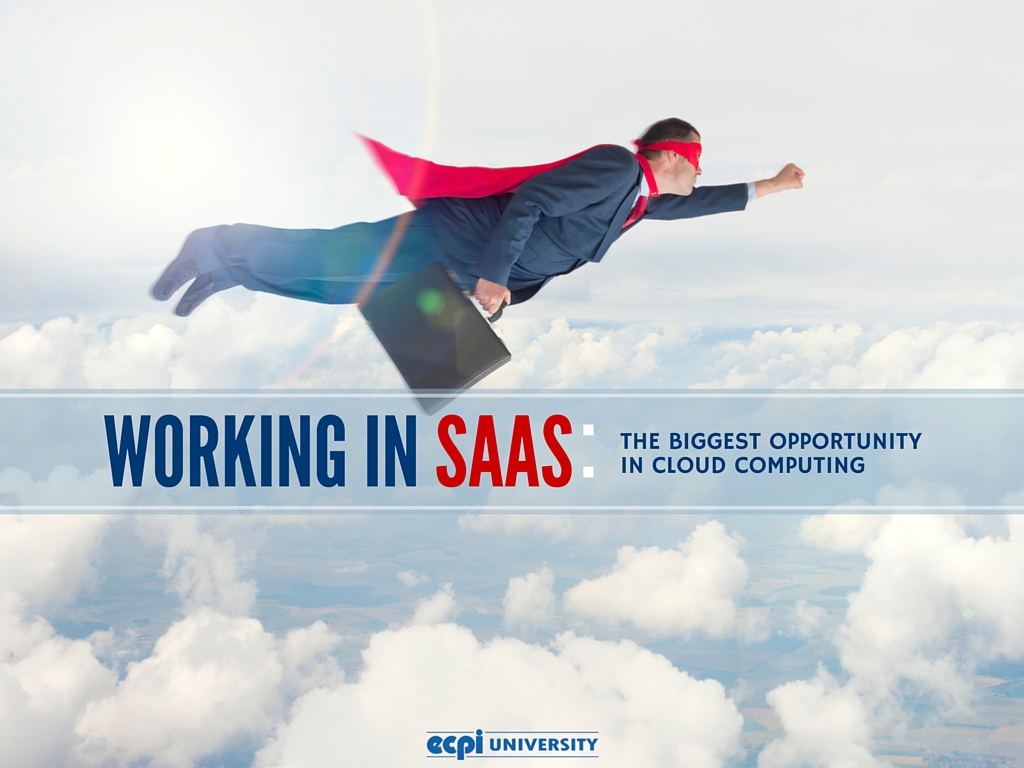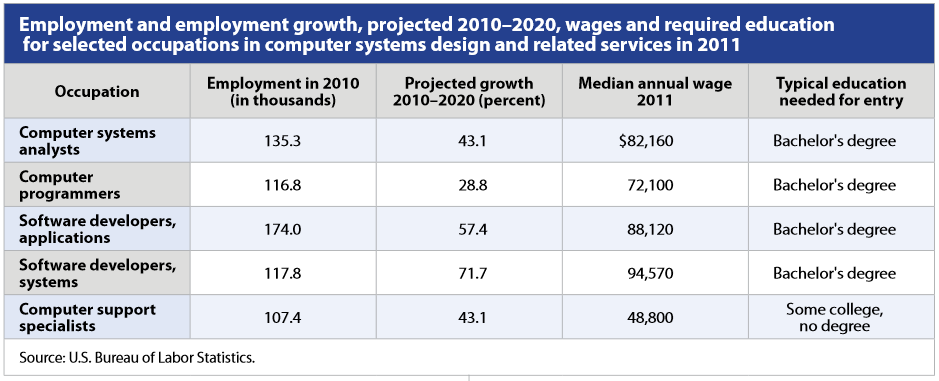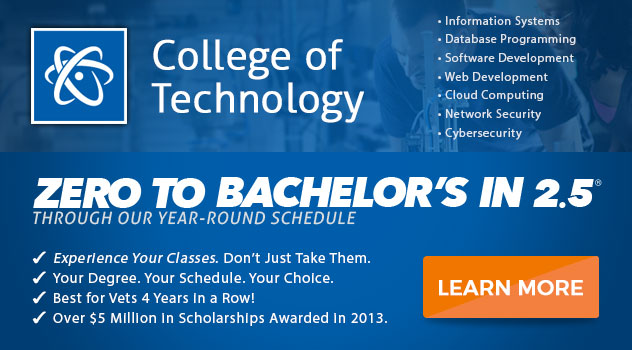
Software as a Service (SaaS) is by far the largest share of the cloud computing market. Forbes magazine pegged the potential market size for 2016 at $106 billion, some 21 percent more than 2015 revenues. Within a decade, most cloud computing will be delivered by this SaaS model, and all those companies, all that software, and all those services will need competent, well-educated professionals.
Like buying Haloid Company stock in 1961 before it became Xerox, SaaS in its current infancy offers near-unlimited opportunity for financial reward and exciting careers for those on the ground level. To tap into SaaS, you need a solid educational background in cloud computing, but you also need to know the current and future state of the industry.
What’s in a Name?
Software delivered by the cloud means software is no longer a product—it is a service, constantly monitored and updated by providers and subscribed to by clients worldwide. Subscribers expect impeccable customer service:
- Regular software updates
- Flexible subscription options
- Accurate metering and billing methods
- Attentive technical support
- Customer feedback and responsiveness
- Flexible software to adapt to customers’ unique needs
- Global awareness, including cultural, language and ethical awareness
As readily as customers subscribe to a company’s online software, they can quickly move on if the SaaS experience is bad. In SaaS, customer retention is everyone’s responsibility, from software developers to systems analysts to the sales team.
SaaS: Future Promise
Normally you start at an event's beginning and follow it to the present day. With SaaS, however, we will start in the future, and wind our way back to the present. Some predictions:
- By 2020, SaaS revenues will exceed $132 billion, with a compound annual growth rate (CAGR) of 9.14 percent, according to Insitut Sage
- By 2018, nearly 28 percent of the worldwide enterprise applications market will be delivered as SaaS, according to IDC
- By 2018—this promises to be a busy year—nearly 60 percent of total cloud workload will be SaaS, according to Cisco
- In 2016, SaaS and cloud-based business application services will attain 19.5 percent CAGR and yield some $32 billion, according to Centaur Partners
- At some time in 2016, people will no longer confuse SaaS with SAS, which is Scandanavian Airlines. Yup, we made that one up.
- During 2015, 42 percent of information technology (IT) decision makers plan to increase corporate spending on cloud computing, according to Computerworld; increased spending includes increasing personnel to handle SaaS.
- Throughout 2015, IT decision makers plan to put nearly a third of their spending (31 percent) into cloud computing, including SaaS, according to a recent study. This is second only to spending on security (36 percent).
SaaS Employment
To fuel all that explosive growth, enormous expenditures and substantial income, IT companies, communications firms, and global industries need capable, SaaS-savvy employees properly trained in cloud computing. These companies will need not just computer-savvy specialists, but specialists with degrees in computer and information science and concentrations in cloud computing. Skills in demand will be:
- Creating virtual solutions for servers
- Designing and securing fault-tolerant enterprise networks
- Ensuring compatibility across global applications
- Identifying customer needs to evaluate network requirements
- Implementing and managing virtual servers and data centers
- Installing and configuring virtual servers and clients
- Providing global accessibility across languages, time zones and network capacities
- Updating software through the cloud
- Using cloud services for both storage capacity and virtualization
Sassy magazine, however, is unrelated to SaaS, and stopped publishing in 1994.
Employment Growth
The Bureau of Labor Statistics (BLS) recently produced a report identifying key issues in IT services employment. The BLS stated, “Applications developers often design software that is offered through cloud computing. Employment of this occupation in the computer systems design and related services industry is projected to grow 57 percent from 2010 to 2020.”
Cloud computing itself is not a niche employment the BLS tracks; it parses the work out among computer and information systems managers and computer systems analysts. In those occupations and software jobs, trends track SaaS's upward curve:
- Computer and Information Systems Managers employment—Rising 15 percent through 2022
- Computer Systems Analysts employment—Rising 25 percent through 2022
- Software Developers employment—Rising 22 percent through 2022
- Applications Developers—Rising 23 percent through 2022
Sauce restaurant in New York City is not hiring at the moment. Again, though, completely unrelated to SaaS. Try to keep up.
We joke these ppl that go to ECPI but they get jobs faster than a lot of these students that go to universities truth be told
— L.A. (@LA_isOfficial) October 6, 2015
Educate
Landing a job the front edge of this oncoming tidal wave in software and computing means having a solid education using hands-on, innovative learning methods. At ECPI University, in 2.5 years you can earn a Bachelor of Science Degree in Computer and Information Science with a concentration in Cloud Computing. Enroll now and, thanks to ECPI’s accelerated schedule, emerge just as the predicted trends are turning future promise into everyday reality. Contact ECPI today to learn how your future could be in the clouds. It could be the Best Decision You Ever Make!
DISCLAIMER – ECPI University makes no claim, warranty or guarantee as to actual employability or earning potential to current, past or future students or graduates of any educational program we offer. The ECPI University website is published for informational purposes only. Every effort is made to ensure the accuracy of information contained on the ECPI.edu domain; however, no warranty of accuracy is made. No contractual rights, either expressed or implied, are created by its content.
For more information about ECPI University or any of our programs click here: http://www.ecpi.edu/ or http://ow.ly/Ca1ya.



